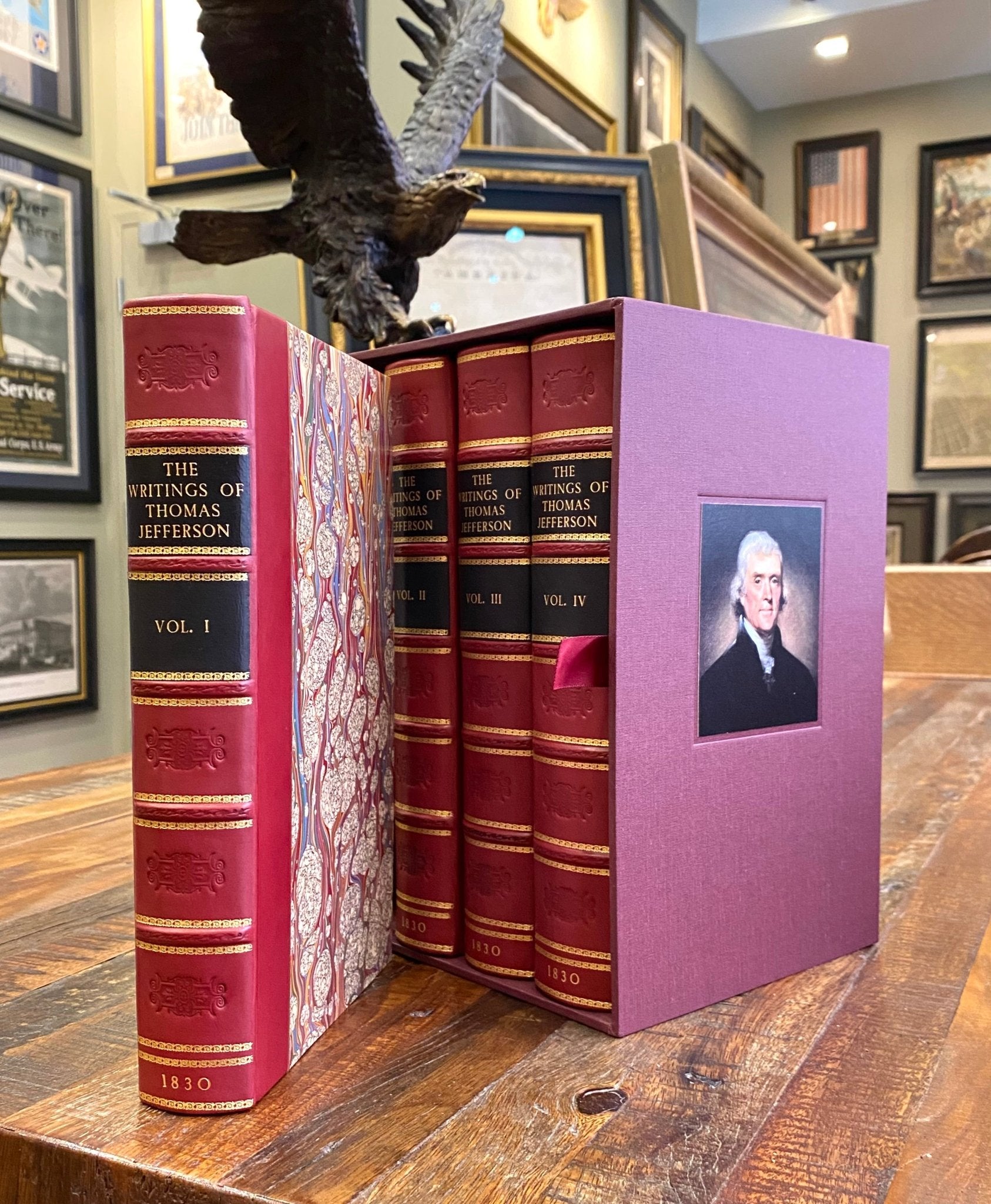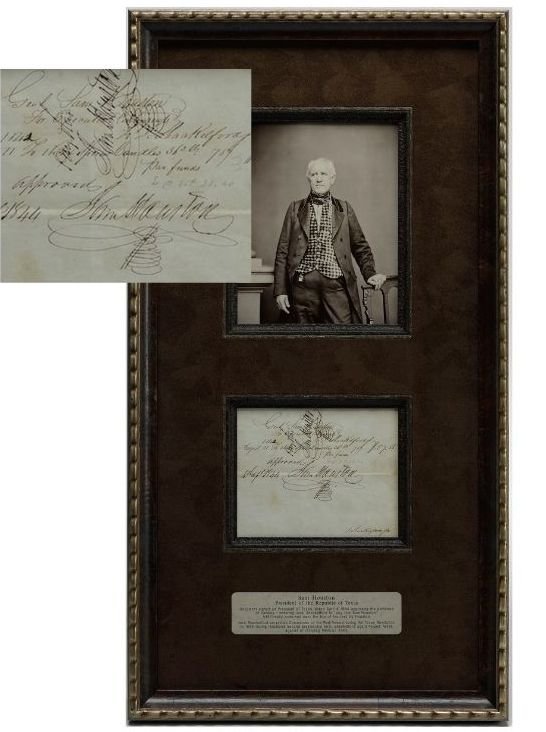1828 Map of the United States and Manifest Destiny
Timothy Ensign’s “Map of the United States” was "compiled from the most authentic sources" in order to be a fully up-to-date representation of the country at the time of publication in 1828. The map is one of the very first to show the United States stretching all the way to the Pacific Ocean!
Ensign's 1828 map of the U.S. shows the country stretching from Oregon to the Atlantic Ocean and Canada to Mexico. This expansive map predates the Texas Revolution, the Mexican American War, and the 1846 Treaty of Guadalupe Hidalgo. Thus, Mexico comprises much of the southwest including California, Arizona, New Mexico, Nevada, Utah, and Texas. And yet, by including the large expanse of territory between the Mississippi River and the Pacific, the map is a mirror of American expansionist ambitions of the time.
This map is sometimes referred to as the "Washington Map" for its very prominent engraved portrait of George Washington on the lower right hand side. It is also complete with inset views and maps of the Capitol, Washington, DC, Boston and a small map of North America.

This map represents the growing expansion of the country as a result of Manifest Destiny. Manifest Destiny, an ideal rooted in religion, exploration and nationalism, pushed Americans to travel west in order to obtain cultural and political influence over western territories. The philosophy stated that United States citizens had a duty to expand their knowledge, democracy and power across the continent, which drove the exploration and expansion of the 19th century.
This territorial expansion of U.S. boundaries westward was at its peak at the time of this map’s publication. In 1803, President Thomas Jefferson’s Louisiana Purchase doubled the size of the country and the Lewis & Clark expedition of 1803-1806 sparked interest in the exploration and settlement of the newly acquired land. Expansionists eager to acquire Spanish Florida were part of the drive for the War of 1812 and Andrew Jackson’s invasion of Florida in 1818 and the subsequent Adams-Onís Treaty established an American claim to the Pacific Northwest as Spain renounced its claim to the Oregon Country.
By 1820, American pioneers had established many frontier settlements as far west as the Mississippi River. By the 1830s, the westward movement had pushed the frontier across the Mississippi, into Iowa, Missouri, and Arkansas. Several transcontinental wagon trails enabled settlers to move westward from the Missouri River. After going up the Missouri valley, the trails followed the Platte River and crossed the continental Divide at the South pass. It then continued down to the Pacific via the Snake River and Columbia valley. The southwestern trail linking the Missouri river to Santa Fe was also used by traders throughout the 1820s. Despite the more arid and hostile environment, the route opened up new opportunities of trading with Mexico and linked up with the Camino Real.
Evidence of these trails, early explorations, and settlements can be found on this map, in engraved detailed notes about the Missouri Territory, population and distance chart from Washington D.C. all the way to St. Louis, and notations of trader routes to Mexico.






